Ireland's Wild Atlantic Way, the world’s longest coastal route with the invigorating force of the sea to one side and forty shades of green that is Ireland’s countryside to the other, is a one-of-a-kind adventure with so much to offer visitors are literally spoiled for choice.
With 1,550 miles of coast, more than 150 sites of interest, and over 1,000 attractions along the way, you might well wonder what towns you should visit along the Wild Atlantic Way.
Stretching from County Cork to Donegal, no matter how you travel along the Wild Atlantic Way, in a group tour, by bike, or even hiking, you’re sure to encounter charming towns and villages with much to offer in terms of character as well as plenty of delightful shops, cafes, restaurants and, other attractions.
Here are Tourism Ireland’s top choices for the major towns along the Wild Atlantic Way:
Letterkenny, County Donegal
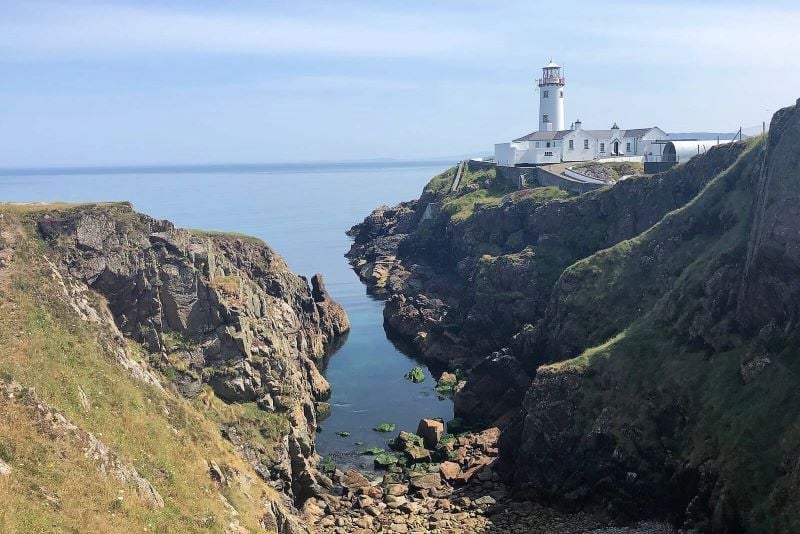
Fanad Lighthouse in Letterkenny, County Donegal. (Ireland's Content Pool)
Letterkenny is a gateway destination and one of the fastest-growing towns in Europe. The town has seen dramatic growth in new attractions, entertainment venues, shopping centers, and accommodation over the past number of years.
Letterkenny offers year-round entertainment and is the perfect destination to explore the rich social, cultural and historical tapestry of Donegal and the northwest of Ireland. Located at the mouth of the deep and lovely Lough Swilly, the town grew in the 17th century from a small fishing village to a prosperous town.
Bundoran, County Donegal
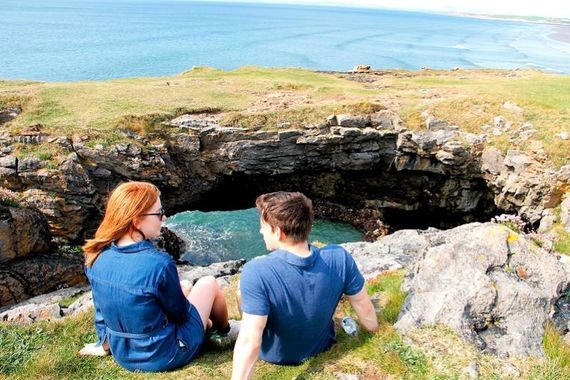
Fairy Bridge in Bundoran, County Donegal. (Ireland's Content Pool)
Bundoran has evolved into Ireland’s premier seaside resort with a host of modern facilities for visitors and yet still remains true to its roots with its own special brand of hospitality and warmth.
Bundoran is a seaside resort with never-ending appeal. With a wide variety of attraction, activities, quality accommodation, entertainment and places to eat and drink you will have no difficulty filling your itinerary. It also has some of the best surfing in Europe!
Westport, County Mayo
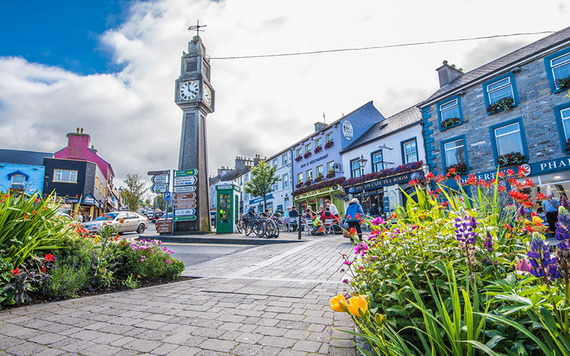
Westport, County Mayo.
Westport in Irish is Cathair na Mart, meaning “stone fort of the beeves”. Located at the south-east corner of Clew Bay, in County Mayo, Westport is one of Ireland’s most popular towns. It is a heritage town and one of Ireland’s tidiest towns.
Westport House itself was originally built by Richard Cassels, the German architect, in the 1730s, on the site of the original Ó’Máille Castle – home of the pirate queen Grace O’Malley (Gráinne Uaile). The house and its parklands are open to the public and are a magnet for families.
The Westport area offers a wide range of sporting adventure and outdoor activities from golf to sailing, to angling, to surfing, with something for everyone. The most recent addition to Westport’s outdoor activity facilities is the Great Western Greenway, Ireland’s first off-road walking and cycling trail which is 42 km (26 miles) long and runs from Westport to Achill Island.
Lahinch, County Clare
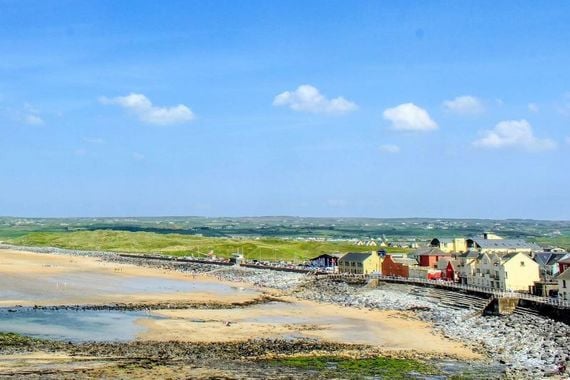
Lahinch in County Clare. (Ireland's Content Pool)
Lahinch is one of the West Coast’s premier beach resort towns and a hive of activity in the summer months. As well as its stunning beach, the town has an international reputation for two distinct activities – golf and surfing.
Golfers have been coming to play the famous championship links course since the late 19th century. For surfers, Lahinch is renowned as a world-class surfing location, and there are also a number of quality surf schools to cater for all levels of experience. But the town offers so much more.
Located in the middle of the Atlantic-facing promenade is Seaworld, featuring family-friendly activities including an indoor swimming pool and an aquarium. The town is also the trailhead for the spectacular 123km (76 miles) Burren Way walking trail. With a wide range of accommodation, lively pubs, and restaurants to suit all tastes, Lahinch is the heartbeat of North Clare.
Kenmare, County Kerry
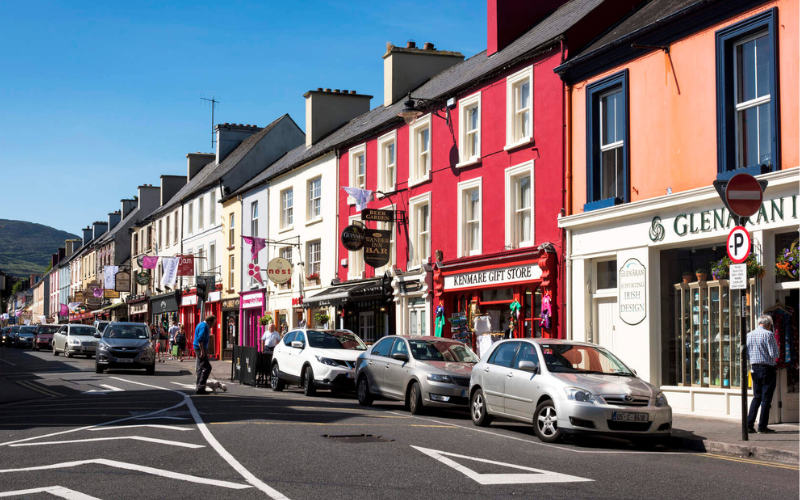
Kenmare in County Kerry. (Tourism Ireland)
Kenmare is an elegant 17th-century market town called “Neidin” or “the nest” in Gaelic. This welcoming, lively place buzzes with five-star hotels and chic spas, B&Bs, smart restaurants, arty shops, cozy cafés, and dozens of friendly pubs with live traditional music sessions and festivals all year round.
Yet – even in the center of this heritage town along this southerly stretch of the Ring of Kerry– you’re still surrounded by nature and are only ever moments away from peace and tranquility. This is great walking country, with lakes, rivers and mountains all around – heather and gorse-covered slopes to the north, and dreamy views across the Bay to the blue peaks of the Beara Peninsula. And it’s crowded with early history – stone circles, stone forts, standing stones, bullaun stones, and ring forts. Visitors take to the water too – on sea Safaris out into the Atlantic or staying in the shelter of the bay to kayak, fish, swim, and sail.
Dingle, County Kerry
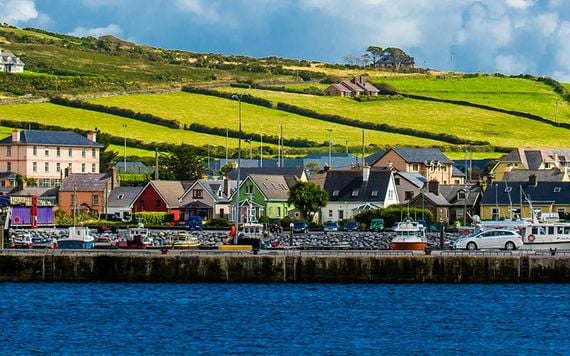
Dingle, County Kerry.
At the very edge of Europe, as far west as you can go in Ireland, is the breath-taking Dingle Peninsula, once described by National Geographic as “the most beautiful place on earth”. It’s a place of spectacular seascapes and landscapes shaped by the elements, with a wild and rugged coastline of steep cliffs and wide sandy beaches.
The Dingle Peninsula is a place the Irish love to visit, but it’s still largely undiscovered by people from elsewhere. Apart, that is, from the artists, musicians, and writers who come from across the world to live, eat and breathe authentic culture: real food, real talk, real stories, and real “ceol agus craic” (music and fun) at music sessions and festivals across Dingle’s tiny settlements.
This is a land rich with ancient history, with pre-historic sites and early Christian heritage - Celtic crosses, monastic ‘beehive’ huts, and Ireland’s oldest stone-roofed church. It’s a long way to come. But it’s here that you’ll find the real Ireland: in the Peninsula’s thriving and unbroken traditions of language and music, folklore and storytelling, arts, crafts, and artisan food. And off Slea Head - the most westerly tip of the Peninsula – lies a deserted village with a poignant past, on an archipelago that gave birth to Ireland’s greatest born-storytellers: the mystical Blasket Islands. The Dingle Peninsula has one of the largest Gaeltacht (Gaelic-speaking) communities in Ireland.
Whatever it is, the Dingle Peninsula inspires, it connects, it “catches the heart off-guard”, and it stays with you.
Kinsale, County Cork
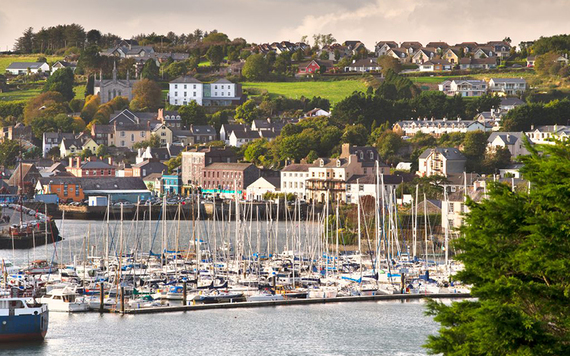
Kinsale, County Cork.
The historic town of Kinsale has an important role in Irish tourism and is known as the ‘Gourmet Capital’ of Ireland. It is also one of the most successful and popular visitor destinations in Ireland.
Kinsale has many popular attractions, which include heritage, gourmet restaurants, sailing, deep-sea angling and golf and has been designated an Irish heritage town.
Early settlers in Ireland came to live in the area, which we now know as Kinsale. The Old Head of Kinsale has been attributed as the site for some of the earliest settlers in Ireland.
Every visitor to Kinsale is captivated by its beautiful setting, with the long waterfront, narrow winding streets, and Compass Hill rising sharply behind the town. The old fortifications of Charles Fort and James Fort guard the narrow entrance to Kinsale from the sea. The town has poignant memories of the sinking of the liner ‘Lusitania’ in 1915.
Clonakilty, County Cork
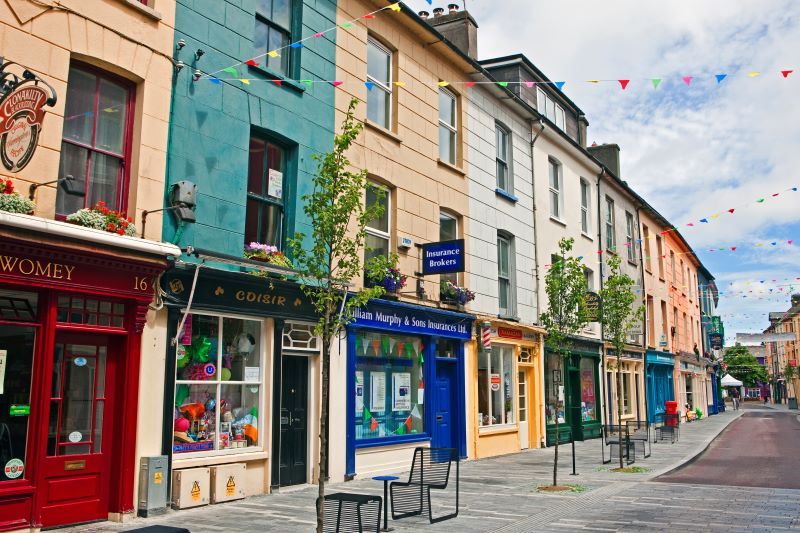
Clonakilty, County Cork. (Getty Images)
Clonakilty is an extraordinary, multiple award-winning town positioned on the coast within the heartland of West Cork. The town, with its blue flag beach Inchydoney, has an enviable reputation for itself as a choice tourist destination.
In 2003, Clonakilty became Ireland’s first ever official Fairtrade Town. In 2007 it was awarded the status of European Destination of Excellence by the European Commission and is Ireland’s first recipient of this prestigious title.
Clonakilty has a thriving musical and artistic community. Several of its pubs are noted for great impromptu music sessions with many big-name acts taking part.
Clonakilty is also known for its black pudding. The famous Clonakilty black pudding originated in Twomey’s butcher shop on Pearse Street. The secret spice recipe has been handed down through the generations since the 1880s.

Are you planning a vacation in Ireland? Looking for advice or want to share some great memories? Join our Irish travel Facebook group.
*A version of this article was originally published by Tourism Ireland.
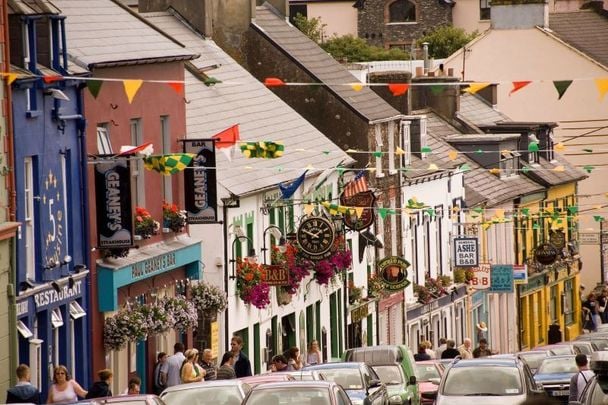
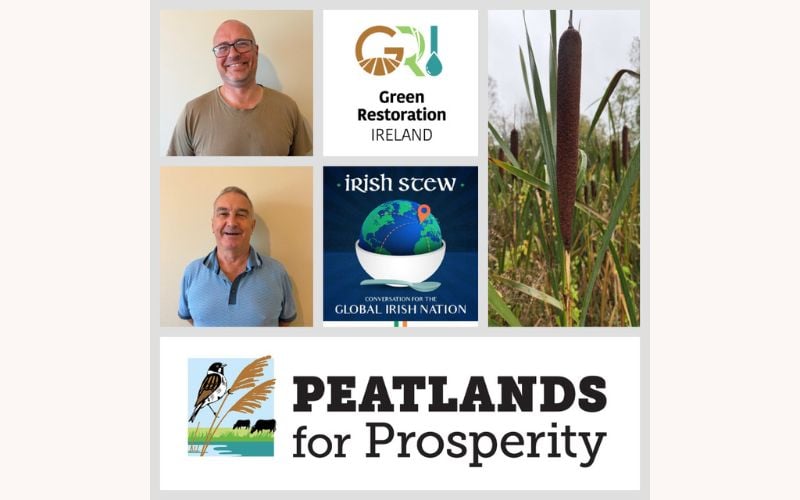
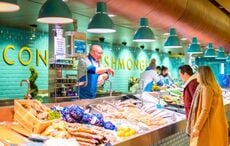
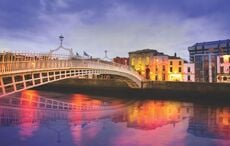
Comments